13 March 2025
There is something vaguely mysterious and utterly captivating about monuments across the world. These towering structures aren't just visually magnificent—they are windows into the past, each with a story to tell. Whether built to celebrate victory, love, or religious devotion, their significance goes far beyond stone, metal, or marble. Are you ready to dive into the fascinating tales that have been etched in history forever? Let's uncover the unique stories behind the world's most famous monuments.
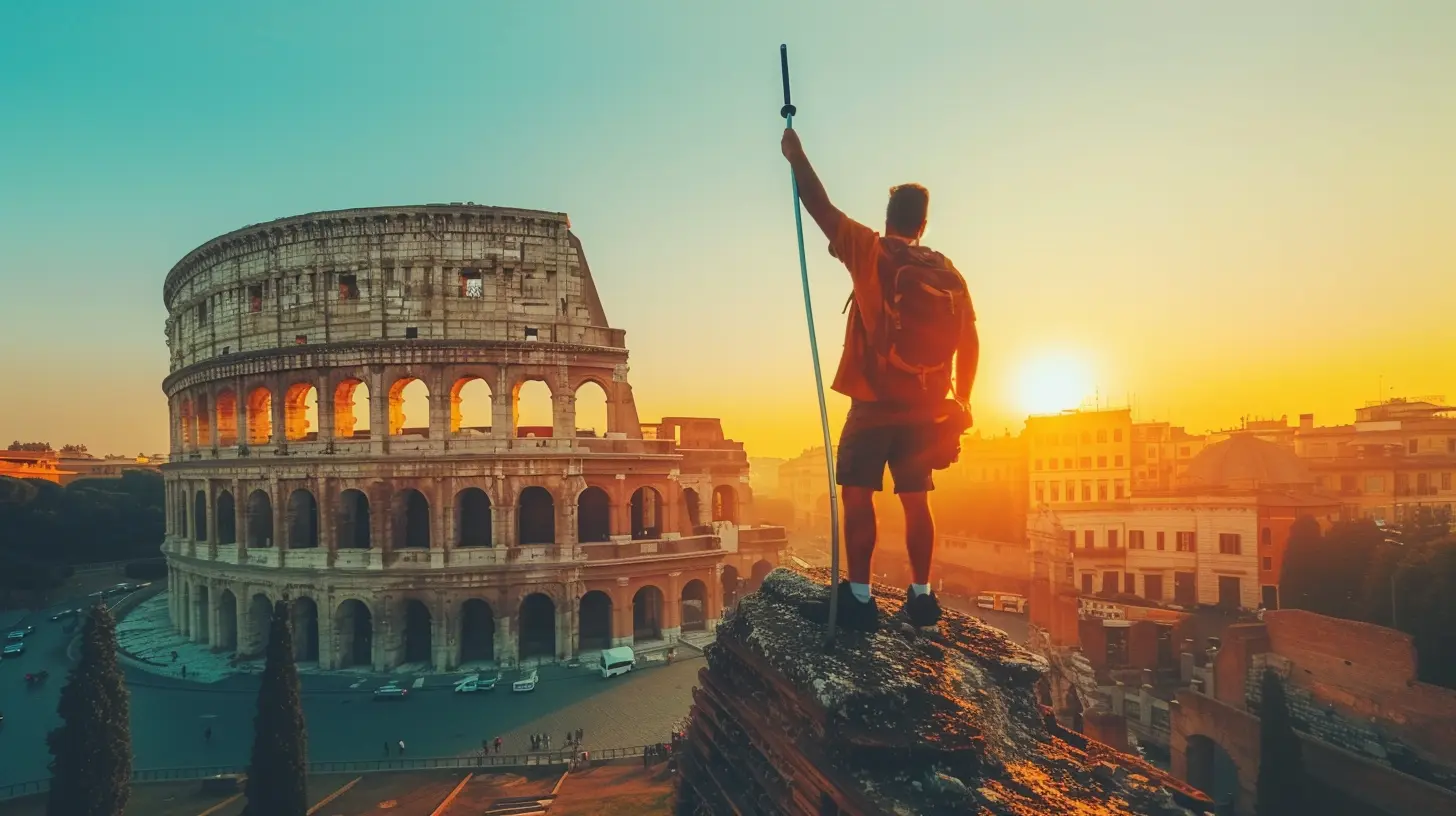
1. The Eiffel Tower: A Symbol of Love… and Hatred?
When you think of Paris, your mind inevitably drifts to the Eiffel Tower. It’s practically synonymous with romance and the City of Light. But did you know that when this iconic structure was first built, most Parisians despised it?In 1887, Gustave Eiffel and his team began construction on what was supposed to be a temporary structure for the 1889 World’s Fair, marking the 100th anniversary of the French Revolution. At the time, a group of artists and writers voiced their outrage, calling it an "eyesore." One prominent critic even said the tower looked like "a giraffe sticking its head out of a window."
Despite the harsh initial reception, the Eiffel Tower went on to become one of the most visited monuments in the entire world. Standing 300 meters tall, it not only represents the innovative spirit of its time but also has become a timeless emblem of love and romance.
What’s a love story without some drama, right?
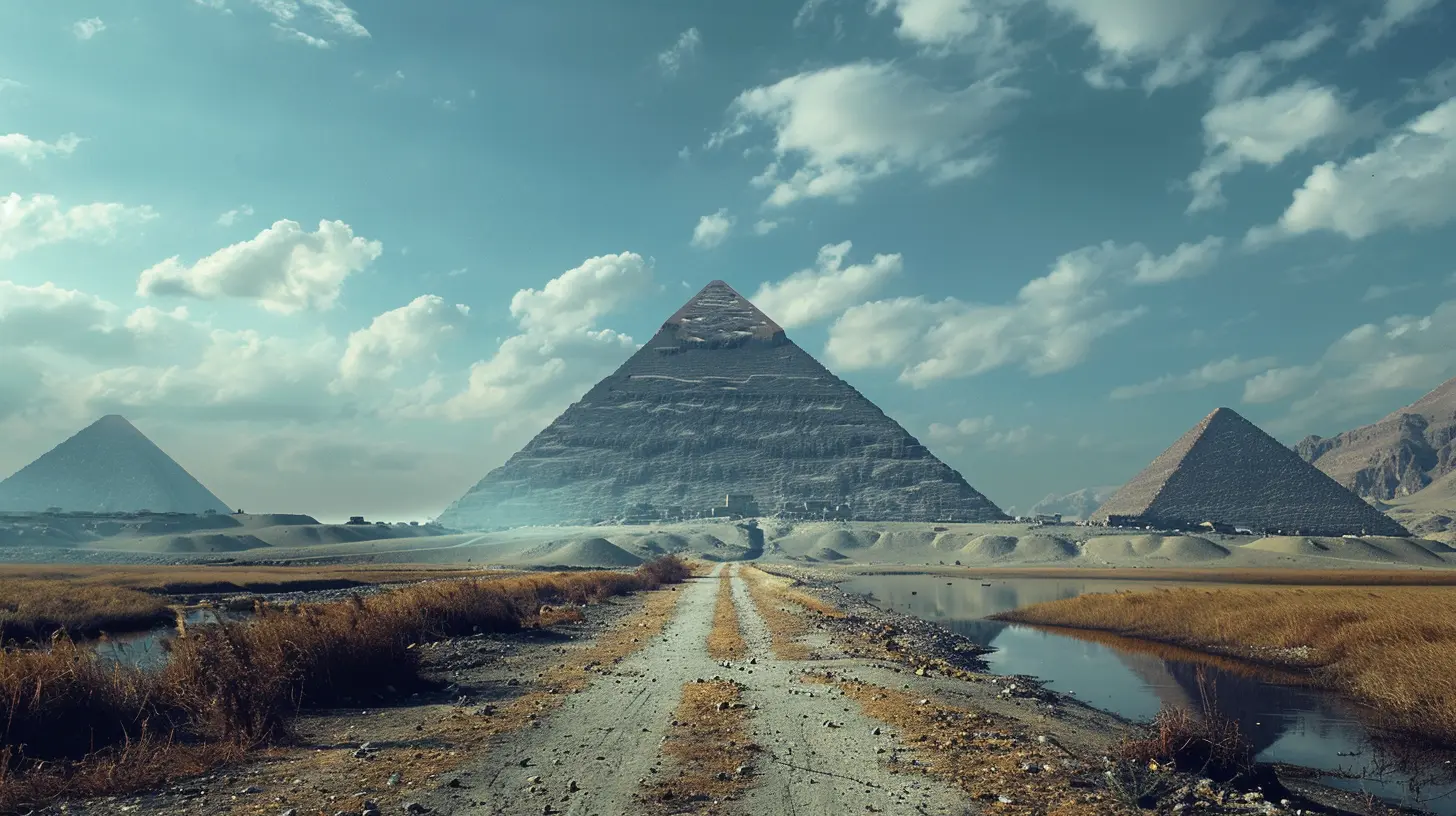
2. The Great Wall of China: More Than Just Bricks
The Great Wall of China isn’t just one long, continuous wall as many people imagine; it’s actually a series of walls built by multiple dynasties over centuries. Talk about teamwork!The first sections date back as early as the 7th century BC, but most of what you see today was built during the Ming Dynasty (1368–1644). The wall was primarily constructed to protect Chinese territories from invading nomads, particularly the Mongols. However, as time went on, its value in defense diminished.
What’s really interesting is that while the structure was meant to be a show of strength, it also hosted a variety of life. Soldiers, peasants, and prisoners all lived, worked, and died along the wall. There are even tales of soldiers who left poems etched into the stone as a way to express their longing for home.
Isn't it amazing how something so grand, made for war, now stands as a symbol of unity and cultural pride?
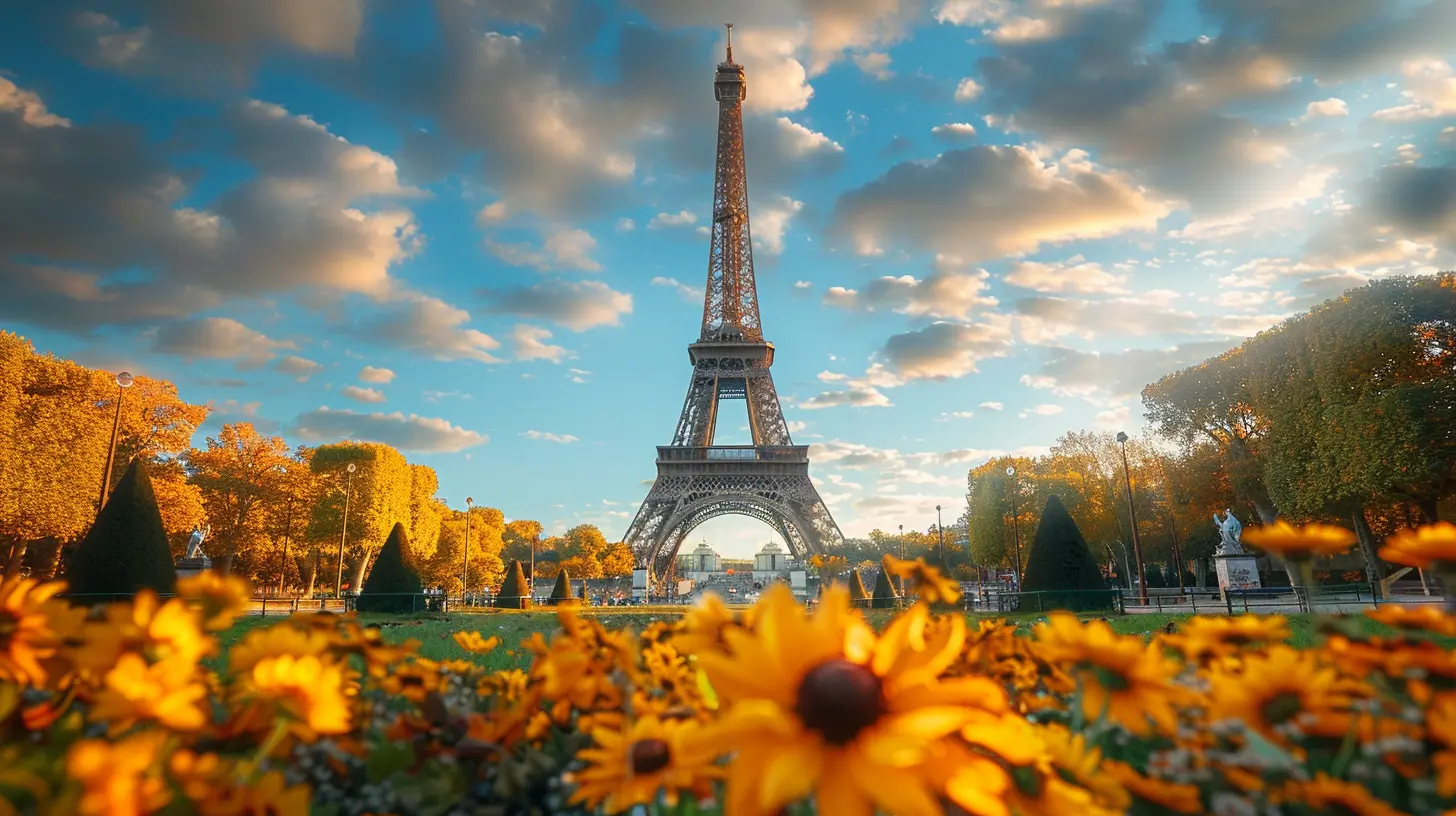
3. Taj Mahal: A Monument to Eternal Love
Ah, the Taj Mahal. If ever there was a physical embodiment of love, this would be it. Built by the Mughal Emperor Shah Jahan in memory of his beloved wife, Mumtaz Mahal, the Taj Mahal is often considered the most romantic monument in the world.After Mumtaz passed away during childbirth in 1631, Shah Jahan was devastated. To honor her, he ordered the construction of a grand mausoleum that would be as everlasting as their love. And it wasn’t a quick project! It took around 20,000 workers and 22 years to complete this stunning masterpiece.
Crafted from gleaming white marble and adorned with intricate inlays of precious stones, the Taj Mahal is a masterpiece of Islamic architecture. But did you know that Shah Jahan planned to build a second Taj Mahal, entirely in black marble, across the Yamuna River? Unfortunately, this dream was never realized due to his imprisonment by his own son.
Still, the Taj Mahal stands as a reminder that love—though not always perfect—is often the most powerful legacy we leave behind.
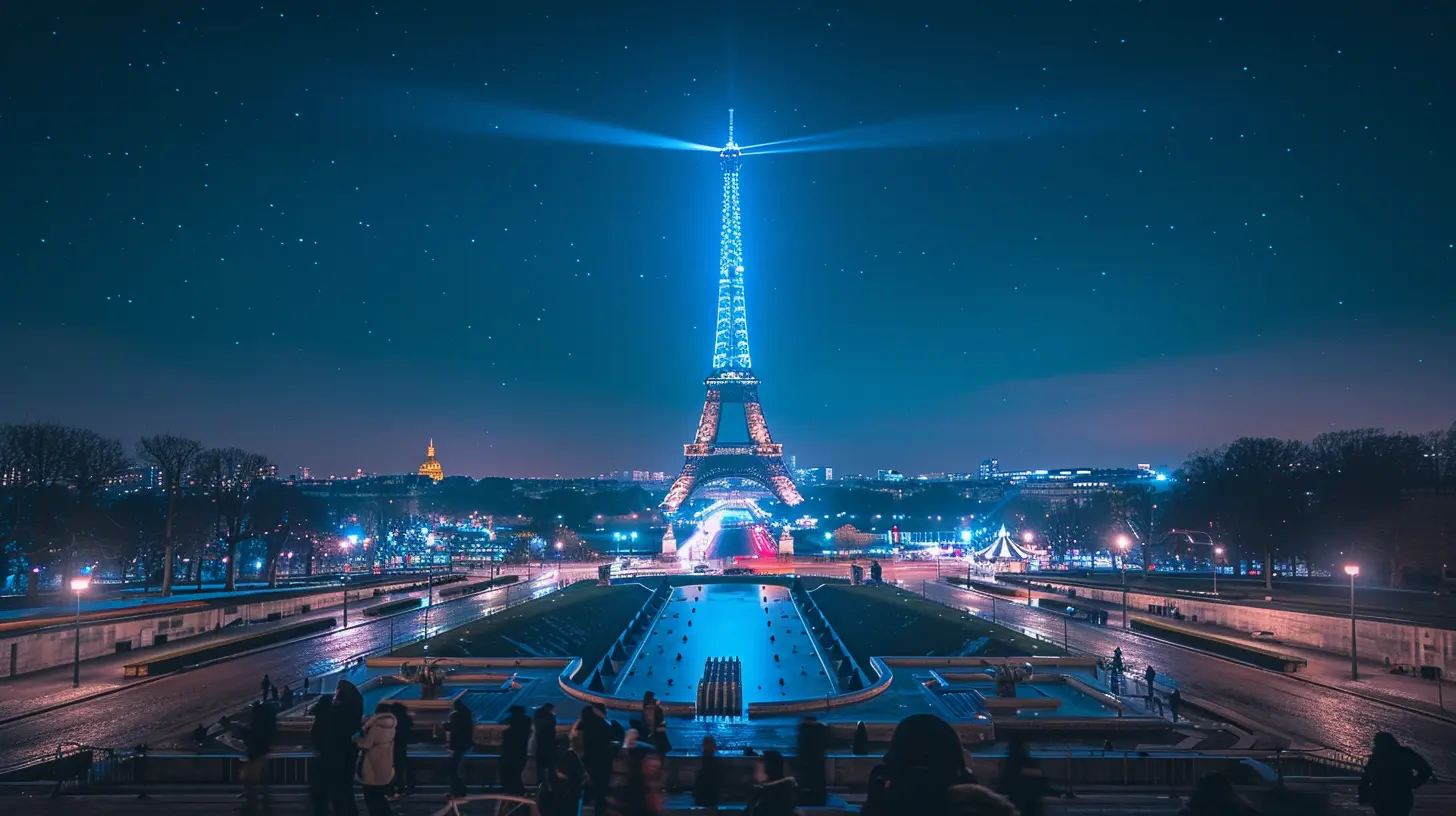
4. The Colosseum: A Stage of Death and Glory
Now, let's travel back in time to ancient Rome. The Colosseum is one of the most famous monuments in the world, but its history is less about romance and more about—wait for it—bloodshed.Built between 70–80 AD under the Emperor Vespasian, the Colosseum could house up to 80,000 spectators. It was originally used for gladiatorial contests, public spectacles, and even mock naval battles! Yes, they actually flooded the arena and recreated sea battles inside the Colosseum. Wild, right?
While we mostly associate the Colosseum with violent gladiatorial games, it also played a significant role in Rome’s social and political life. It was a way for the emperors to distract the masses and keep them entertained—think of it as ancient Rome's version of Netflix, but with a lot more swords.
Today, as a crumbling ruin, the Colosseum serves as a stark reminder of the Roman Empire's power and its eventual decline—an arena that once roared with life, now silent but for the whispers of history.
5. The Statue of Liberty: A Gift With a Message
"Give me your tired, your poor, your huddled masses yearning to breathe free." You’ve probably heard these famous words before, but have you ever stopped to think about what the Statue of Liberty truly represents?Standing proudly in New York Harbor, this iconic statue was a gift from France to the United States in 1886, commemorating the lasting friendship between the two nations. Sculpted by Frédéric Auguste Bartholdi, with an internal framework designed by the famed engineer Gustave Eiffel (yes, the same guy who built the Eiffel Tower!), the statue became an enduring symbol of freedom and democracy.
But here’s the thing: Lady Liberty is not just a symbol of American ideals. Her torch has lit the way for millions of immigrants who passed through Ellis Island, each carrying dreams of a better life. She represents hope and the promise of a fresh start.
Isn’t it incredible how a single monument can reflect not just the ideals of a nation, but the dreams of people from all corners of the world?
6. Stonehenge: Ancient Mystery or Astronomical Calculator?
Stonehenge is a prehistoric monument in England that continues to baffle and intrigue historians, archaeologists, and tourists alike. While it’s certainly a marvel of ancient engineering, the most pressing question remains: Why was it built?Constructed in several phases over a period of around 1,500 years, the earliest stones were erected sometime between 3000 BC to 2000 BC. Though we may never know the exact purpose of Stonehenge, there are several prevailing theories.
One theory is that it served as a burial site for elite members of society. Another more intriguing idea is that Stonehenge was an astronomical calculator of sorts, aligning perfectly with the summer and winter solstices. Could it have been an ancient calendar? A place of worship? Or maybe even a portal to another world?
Whatever its original purpose, Stonehenge has managed to stand the test of time—both physically and mentally. Its true story may remain shrouded in mystery, but that just adds to its allure, doesn’t it?
7. Christ the Redeemer: Embracing the City
If there’s one monument that’s become synonymous with vibrant, colorful Brazil, it’s the towering Christ the Redeemer statue in Rio de Janeiro. But did you know that this 30-meter tall statue wasn’t initially intended to be a symbol of Christianity?Plans to build a monument on Corcovado Mountain date back to the 1850s, but it wasn’t until the 1920s that the vision for Christ the Redeemer began to take shape. After Brazil had become a republic, many felt that erecting a Christian figurehead over the city would help unify the nation under its dominant faith.
Designed by Brazilian engineer Heitor da Silva Costa and sculpted by Frenchman Paul Landowski, the Christ the Redeemer statue was inaugurated in 1931. Today, as the statue stands with arms outstretched, it’s seen as a message of peace and an invitation for all to embrace the warmth and culture of Rio.
From a proposal meant to unite a nation to becoming one of the New Seven Wonders of the World, Christ the Redeemer is not just a symbol of faith—it’s a guardian watching over a city full of life and spirit.
Conclusion: Monuments as Storytellers
As we've seen, the world’s most famous monuments are more than just pretty structures. They are storytellers. Each has a unique tale to tell, full of conflict, triumph, love, and mystery. Whether they were built as a testament to love, war, or unity, these monuments are crucial chapters in the history of humanity, standing tall as reminders of our shared past.So next time you're traveling or even just scrolling through photos of famous landmarks, take a moment to think about the story behind them. After all, it's these stories that make them truly unforgettable.

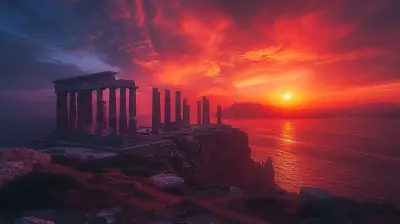



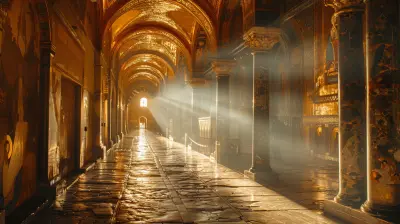
Aria McMeekin
Every monument whispers tales of human resilience.
March 30, 2025 at 4:57 AM